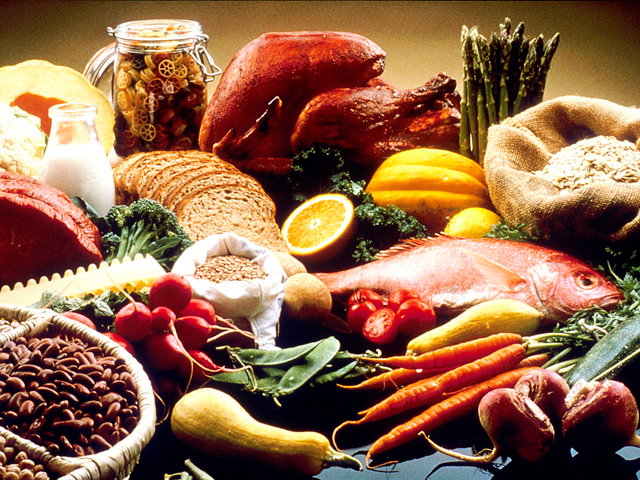The conditions of healthy food storage can greatly reduce the risk of foodborne illness. Maximum lifetime is ensured with proper use, storage and cooking of foods. In addition, the optimal environment requirements for healthy consumption is met by the conditions.
Shelf life
Shelf life of all foods is limited in terms of healthy food storage conditions. This varies depending on the type of food, how the packaging is made, and how carefully it is stored. If you store your food properly, you keep it in the best condition by preventing the growth of food poisoning bacteria; you will also be able to avoid unnecessary expenses by reducing waste.
Foods should always be stored in accordance with the manufacturer’s instructions. It is the manufacturer’s responsibility to determine the shelf life of foods. The “expiration date” is the date when food should not be consumed even if the package is not opened for health and safety reasons. The “best before” indicates the end of the period when food is most fresh and applies to foods that are not at high risk for food poisoning. Some food packages are labeled with special instructions such as “Store in the refrigerator after opening” or “Eat within 3 days after opening”. These instructions must be followed to minimize the risk of food poisoning.
Food storage
Tips for storing foods that do not spoil in cold environments:
You can use a refrigerator thermometer to check if your refrigerator is below 5 ° C. Please avoid overloading food in your refrigerator; the space between the foods allows cold air to move more comfortably over the food. When buying food, you can make sure that there is no bloating in the package. In a product that needs to be stored in a cold environment, package bloating is indicative of bacterial growth.
For the conditions of healthy food storage, ready-to-eat foods should be stored on shelves above uncooked foods such as raw meat. Raw meat, fish and poultry should be well packaged to prevent leaks into other foods or refrigerator. Storing opened food in tin cans is a wrong option. Metal taste can pass through food and cause spoilage. You can transfer your surplus food to a glass or plastic container before positioning it in the refrigerator.
Safe and Unsafe Temperatures
It is extremely important to use the correct storage temperatures for food. The range of temperature “between 5 ° C and 60 ° C is called danger zone. This range indicates the temperatures harmful bacteria can multiply potentially. Proper cooking temperatures are particularly significant for some meats, sausages and white meats. The temperature of all pieces of minced, rolled or stuffed meat should reach at least 75 ° C during cooking. If the food is kept warm for a while after cooking and before serving, it must be kept at 60 ° C or higher. Or, if the foos is to be served at a later meal or other situation, it must be cooled immediately.
Similarly, when cooking with all types of white meat, it must reach at least 75 ° C. Alternatively, when the thickest point of the meat is pierced, it should be cooked until it releases water. Again, when reheating the cooled food, the temperature should reach 75 ° C.
Frozen Foods
Freezing food at -18 ° C stops bacteria growth and slows down chemical changes that may affect food quality. When you return home from shopping, frozen food should be quickly placed in the freezer. Some foods, such as vegetables, chops and steaks, can be cooked directly at the frozen state. Minced, chopped or stuffed meat must be completely thawed before cooking. The ideal thawing process is carried out in refrigerated shelves at normal temperature, not by exposing the food to heat. If necessary, packaged frozen foods can also be thawed under cold running water or in the microwave.

